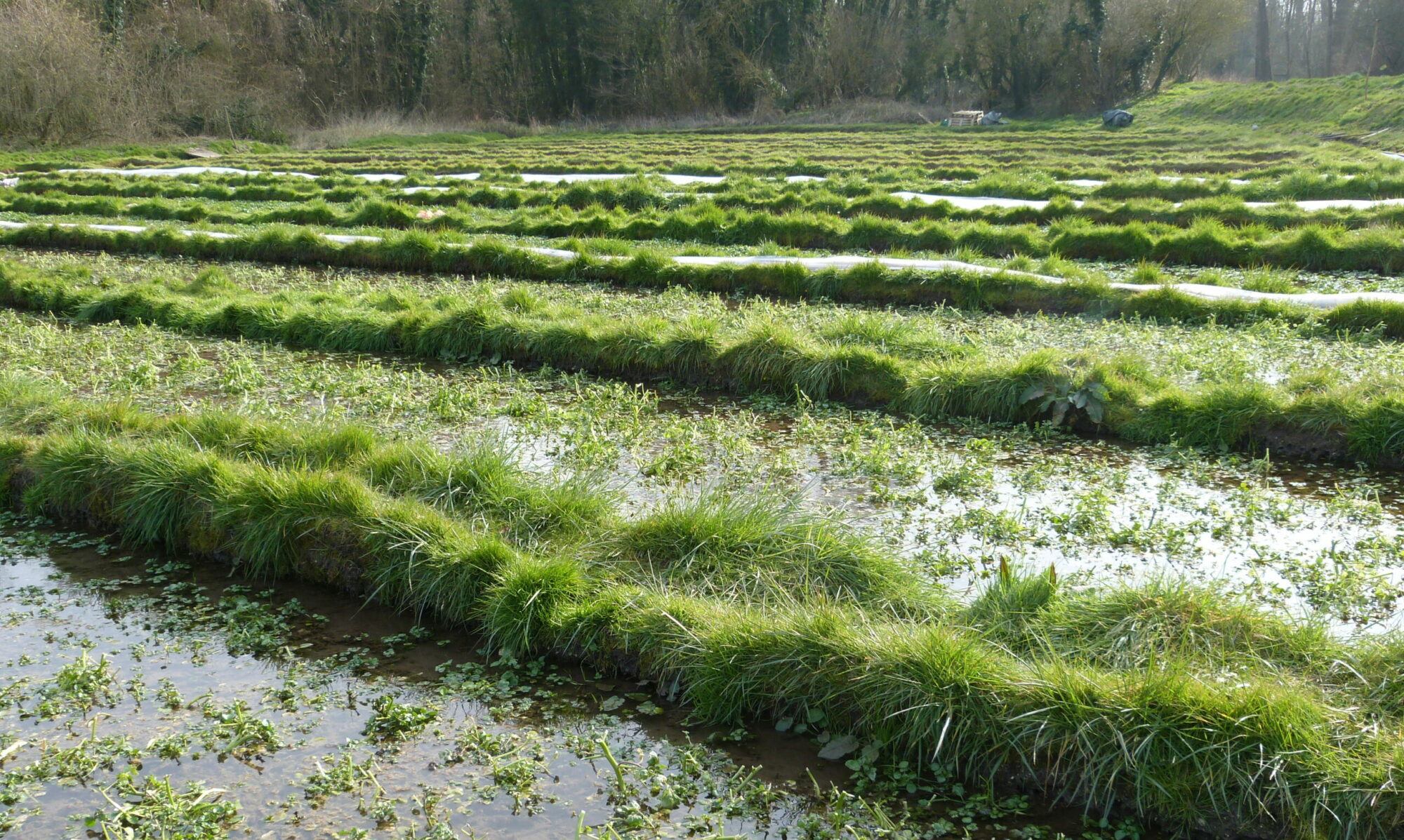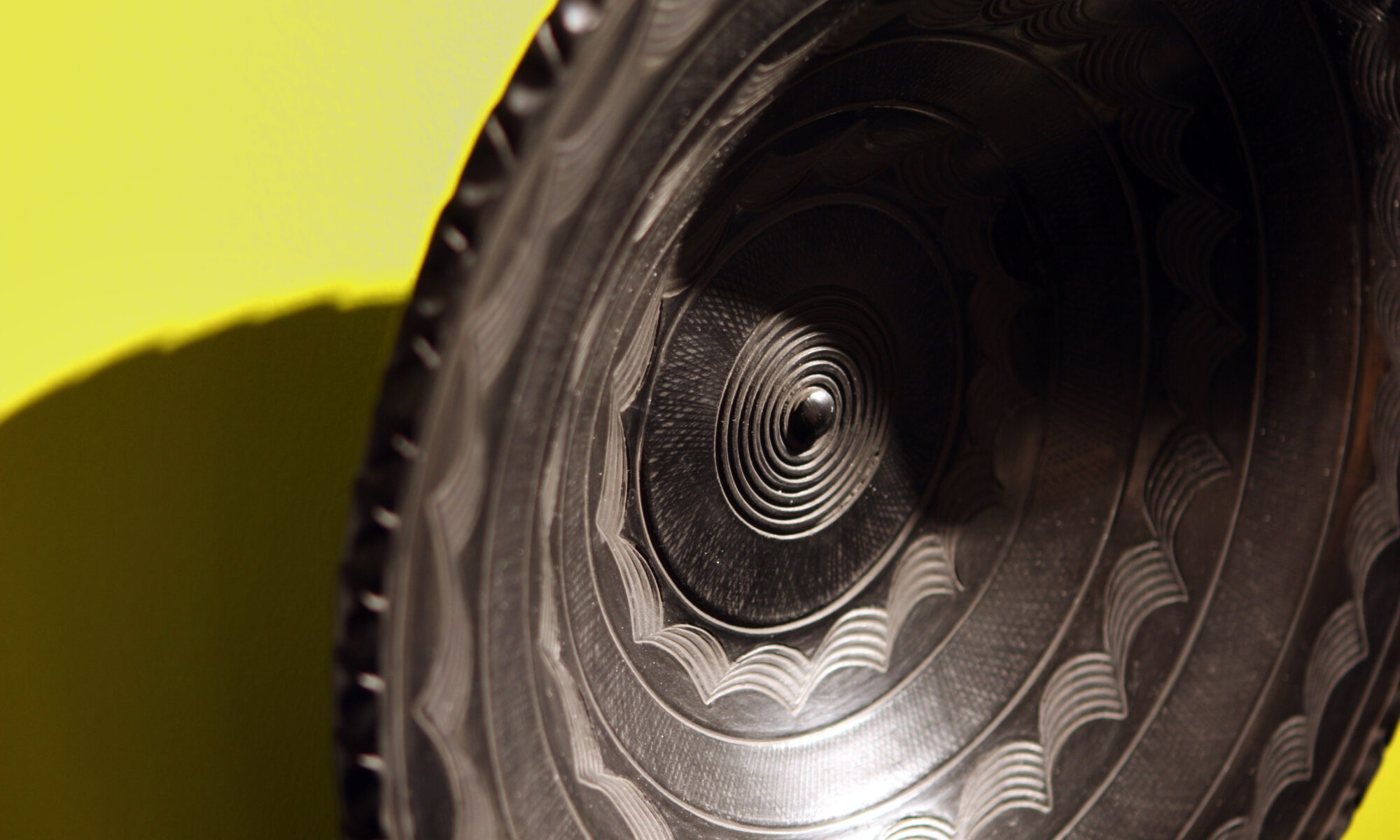


 Les traditions revisitées à Budapest : comment l’artisanat traditionnel a su évoluer en restant authentique ?
Les traditions revisitées à Budapest : comment l’artisanat traditionnel a su évoluer en restant authentique ?
Une exposition inédite sur les savoir-faire de l’artisanat hongrois revisités – entre tradition et modernité – était présentée dans un nouveau site récemment restauré du Palais-Royal de Buda sur les berges du Danube, hissant ce patrimoine immatériel au coeur de la culture hongroise et européenne dans ce lieu hautement historique et touristique.
Cet évènement constitue une vraie reconnaissance pour ce festival incomparable en Europe par la richesse de ses productions artisanales authentiques.





